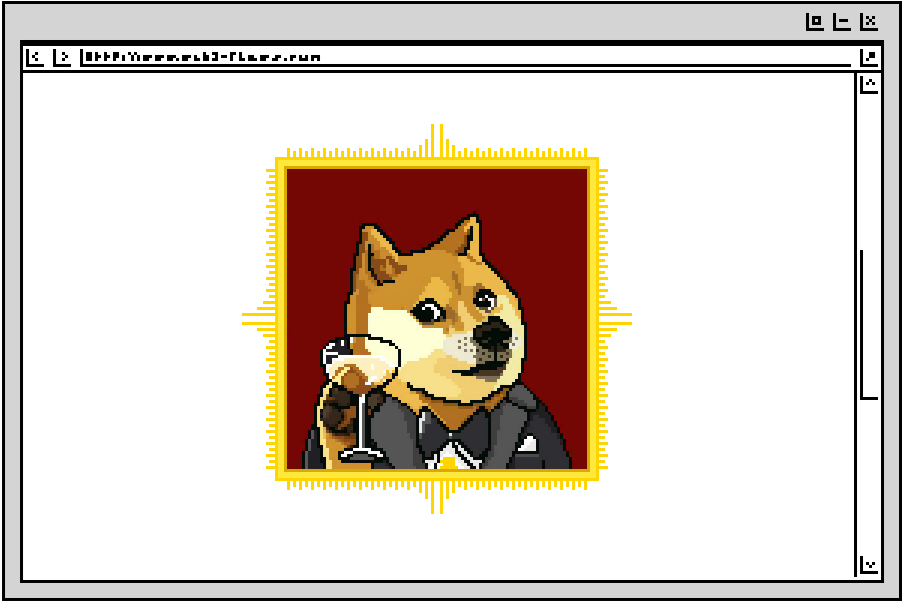* Timespan: February 2023 - May 2023
* Description:
- Project involving the making of a video on a topic in English.
- Critical introduction to Web 3.0 as an emerging communications technology.
* Improvement paths:
- Work harder on native English pronunciation.
- Develop greater flexibility when it comes to group work.This project consisted in presenting a topic considered to be a new technology in English, working in pairs and using "original" and "personal" video material specially created for this purpose. The instructions given regarding the use of the term "original" were to create all clips used in the production of the video, without using any existing footage.
First of all, while the instructions given at the beginning of the project required it, I categorically refused to work in a group and didn't pair up.
My motives at the time were as follows:
- I felt unable to complete a piece of work that had to be "original" and "personal" with one of my classmates.
The point is that I had my own vision of the project, and my colleagues also had their own vision of the project.
Based on this assumption, our visions were bound to diverge beyond a certain point, and I found it unbearable to negotiate or make trade-offs on what would ultimately be seen as "original" and "personal" work.
It seemed to me that assigning this type of task, which had to be "personal", contradicted the requirement that it should be undertaken as part of a group. - Most of the assignments I received during this part of my studies were group work.
As I had been repeatedly pushed to carry out a workload of 3 or even 4 people in previous "group" projects, I was horrified, desperate and outraged at having to start a new "group" project.
Once I finally succeeded in forming my monomial group work, I focused on new communication technologies and chose Web 3.0 as a topic for my project. I then adopted a critical approach which emphasized the speculative aspects associated with the opportunities offered by Web 3.0.
My video was mainly produced and animated in pixel art (around 400 different frames).
The software I used was:
- Piskel, to produce all images and animations in pixel art. I'd already used it for personal projects involving pixel art objects and animations. It's very user-friendly, has very practical tools for pixel art and can be used locally as a desktop application.
- CapCut, for video editing. After trying out several video-editing programs, I settled on this one because it allowed me to edit the video frame by frame, which was particularly necessary to correctly arrange and unfold my pixel-art animations in the final rendering.
- Audacity, to record audio and process it a first time, while reducing any ambient noise in the recording.
- Ableton Live 11, for audio editing.
My main concern was that I didn't work harder on English pronunciation in the provided audio.
The audio was recorded at a friend's home, where a microphone was available: I therefore had a certain level of material comfort and audio processing quality to record, but my friend's presence disturbed my attention.
Documents and deliverables


